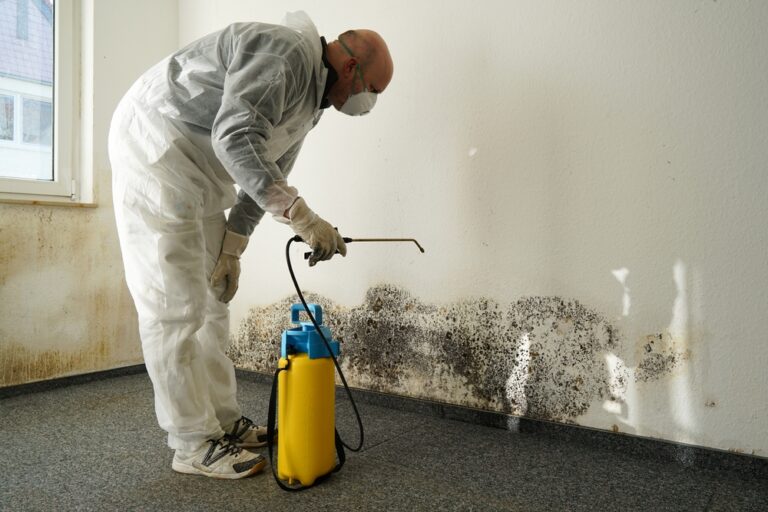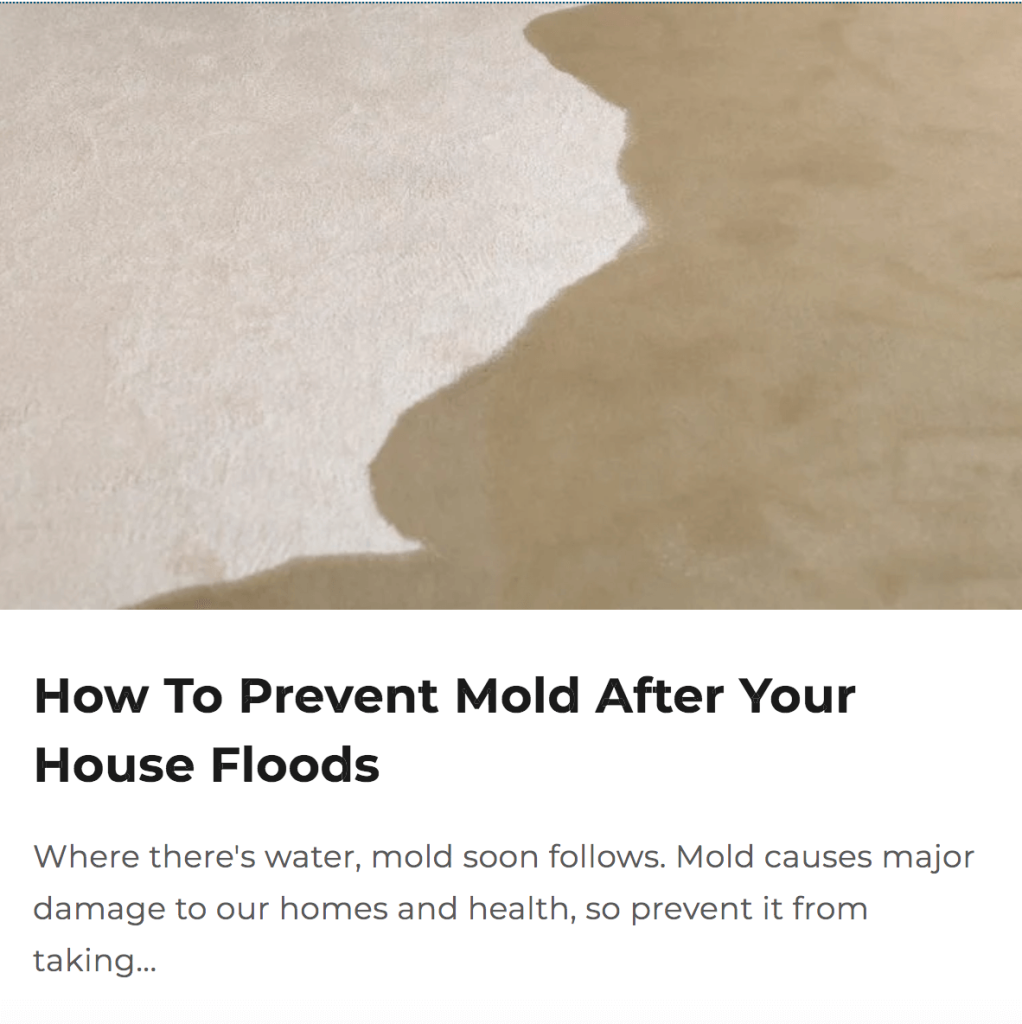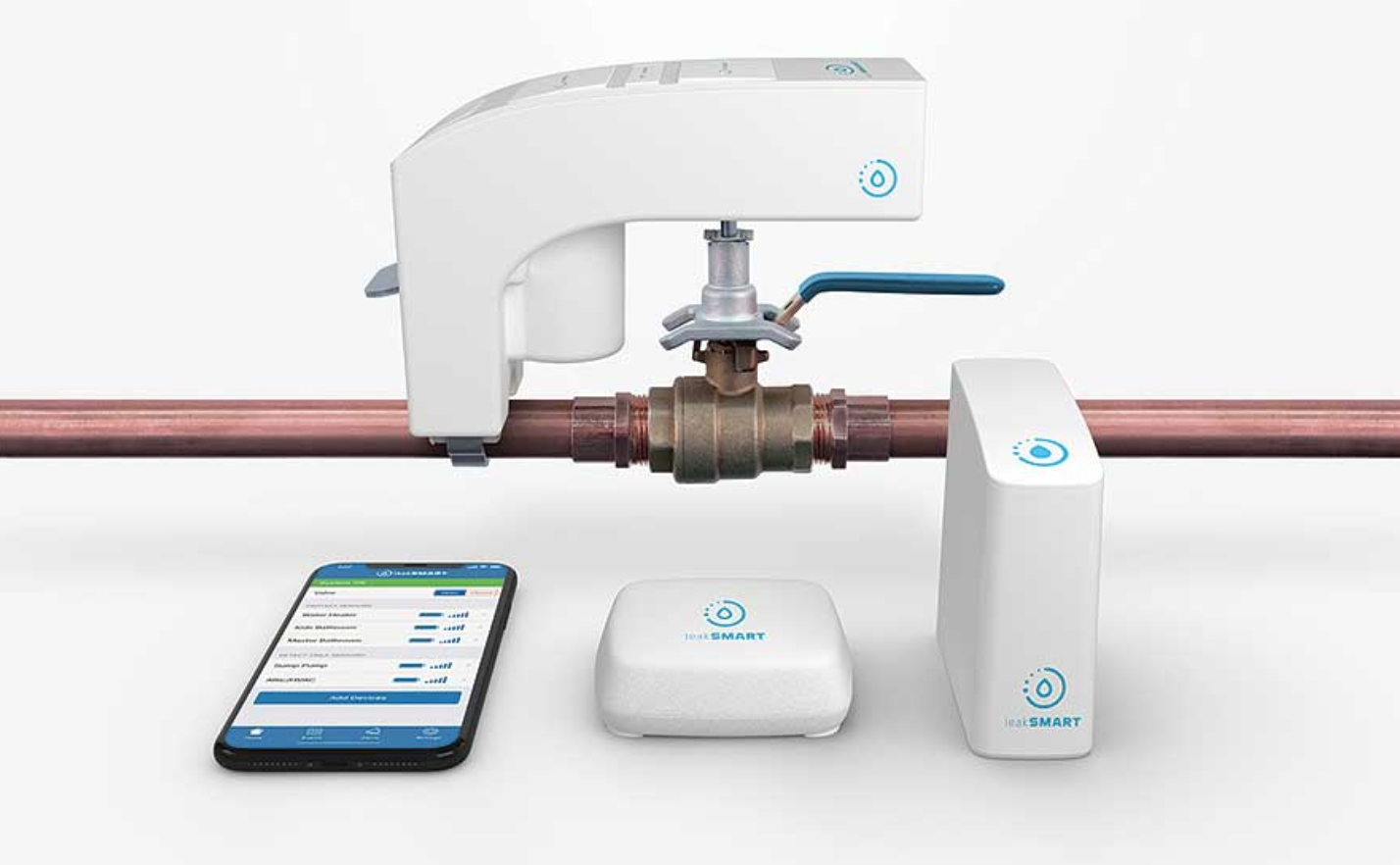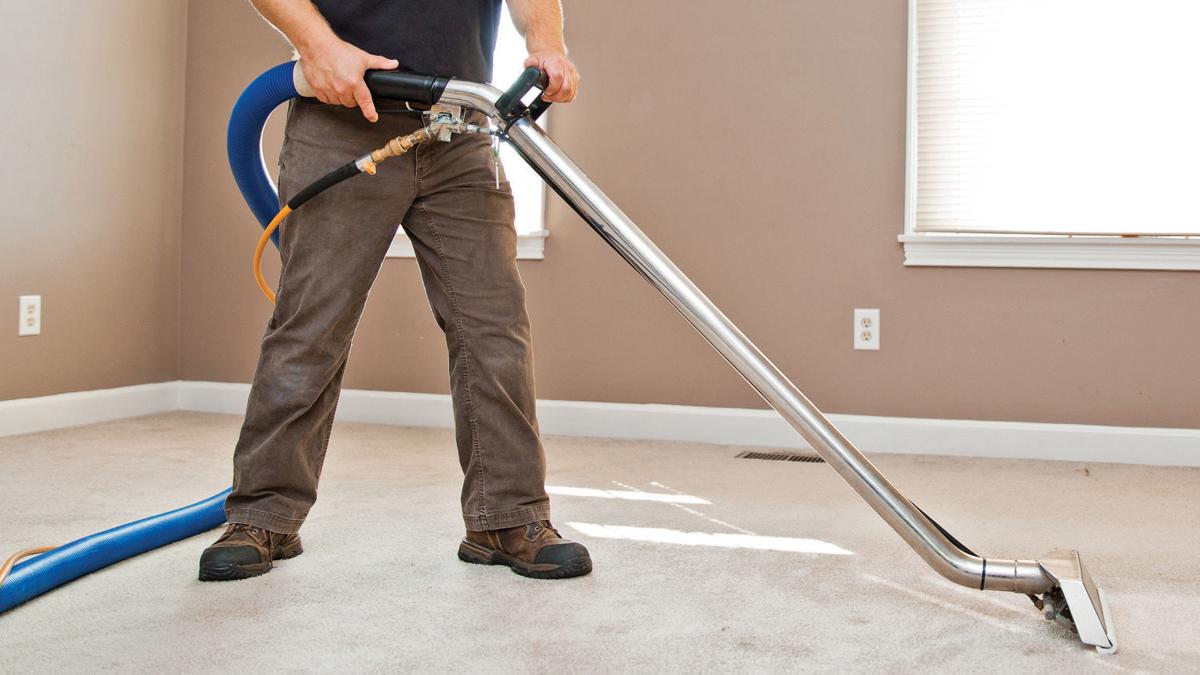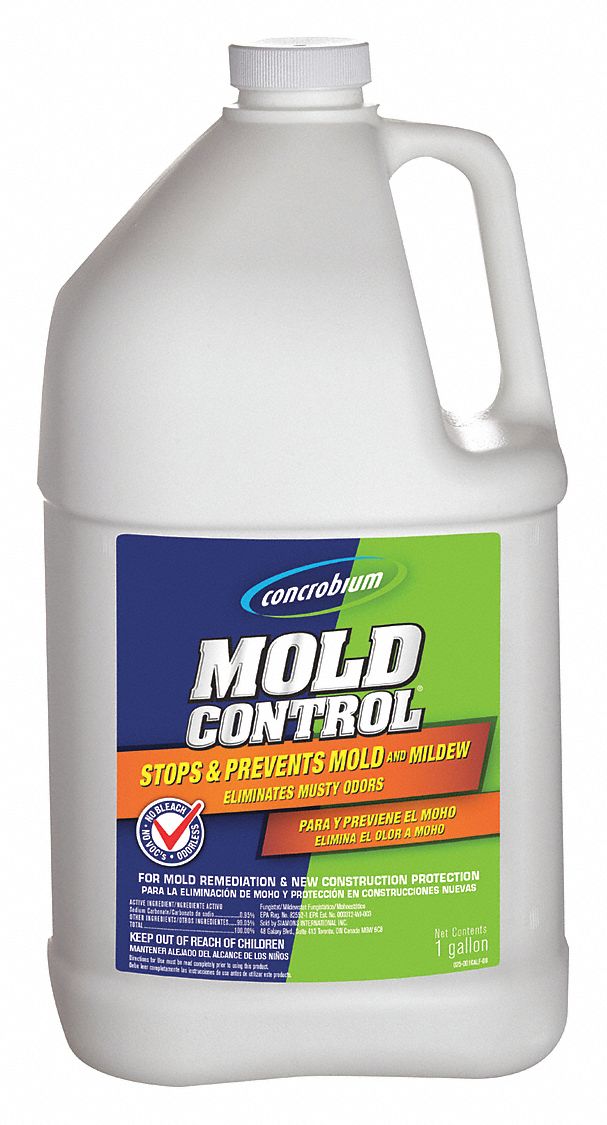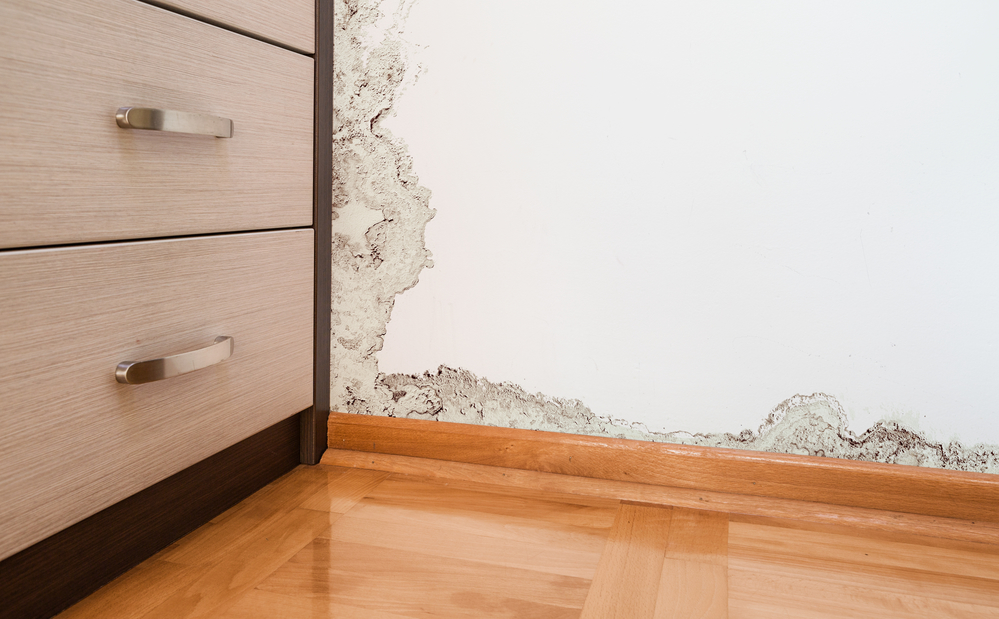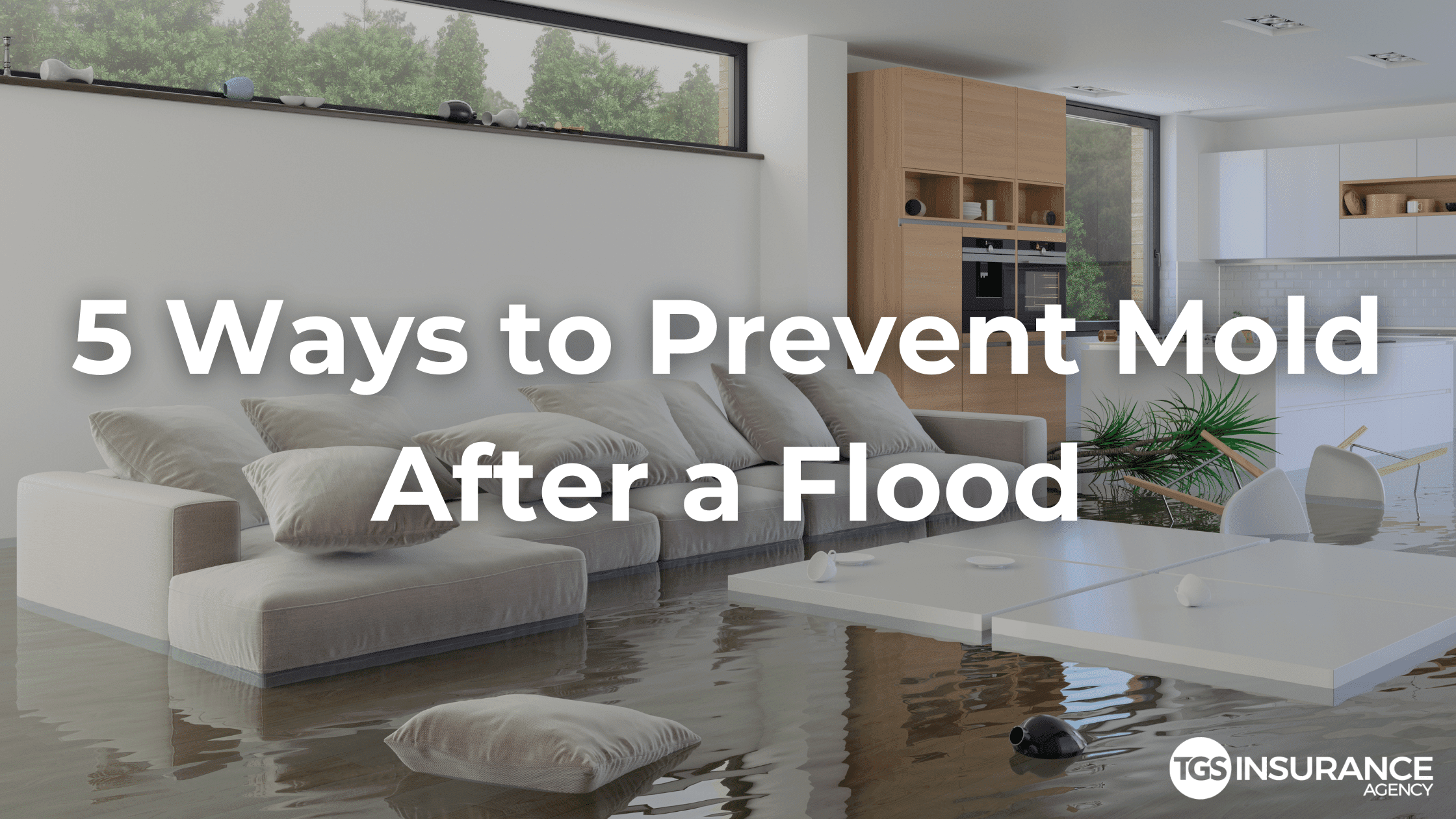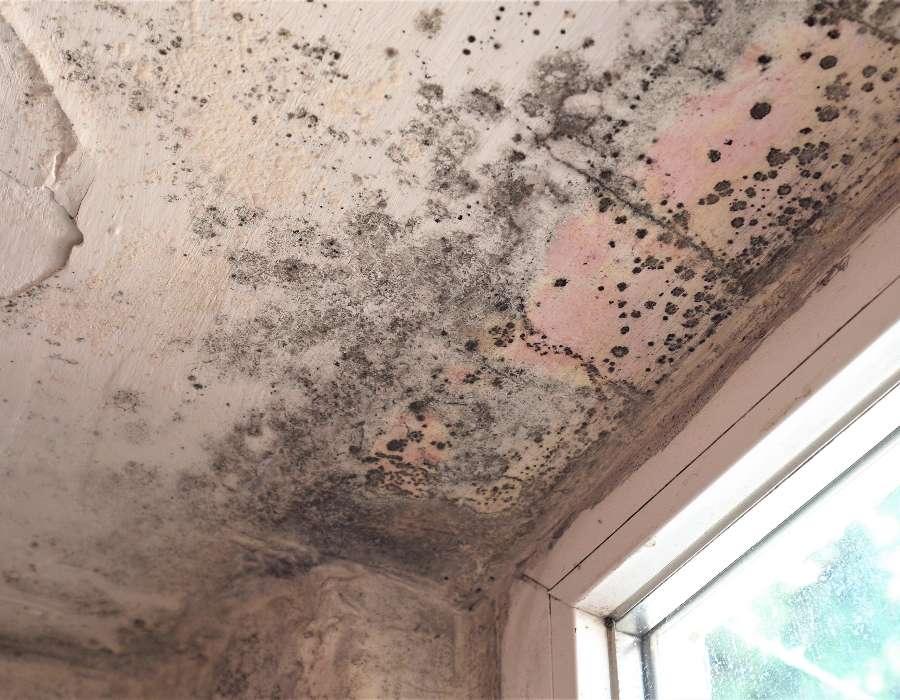Fine Beautiful Tips About How To Prevent Mold After A Flood
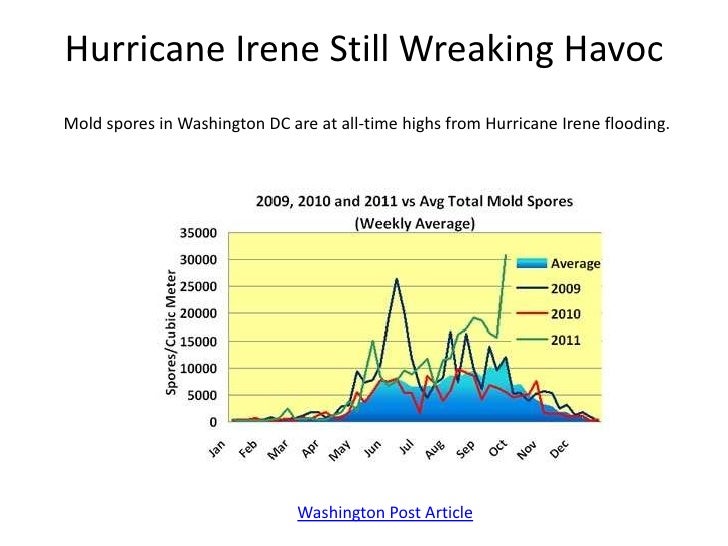
Clean wet items and surfaces with detergent and water to prevent mold growth.
How to prevent mold after a flood. Immediately remove the carpet pad. After a natural disaster such as a hurricane or flood, excess moisture and water can contribute to the growth of mold in homes. If your home was flooded or.
The first step anyone can take to protect their home from mold after a flood is to actively work to prevent water from entering the home in the first place. This will help to keep mold. Mold prevention for flooded homes.
See the fact sheet for drying out your house, reentering your. Position fans to blow air out doors or windows. Mold consists of fungal spores that germinate and grow in wet, dark environments.
After a flood the best thing you can do is contact a mold remediation company or water damage specialist who performs clean ups of flooded homes. The only way to prevent mold from growing is to dry the affected area as quickly as possible. To prevent mould growth, clean up and dry out the house as quickly as possible (within 48 hours).
Test all remaining materials with a. In addition to limiting mold growth, dehumidifiers. Open doors and windows.
Dry out all materials within 72 hours. Open up the building if it’s less humid. To do this, take these steps:
One mould expert says walls and plaster must be treated as well. Remove any damaged materials from your home.
In many cases, a previously flooded home provides lots of nooks and. That way, there won’t be. Do dehumidifiers help with mold removal after a.
Clean up any water or mud immediately. Taking preventive measures as quickly as possible can help avert any debilitating health hazards resulting from mold exposure. Wear eye protection that does not have open vent holes.
After flooding, it’s vital to act swiftly to prevent mold. It’s important to test for mold to determine where it lurks, as well as its root cause. Here are seven tips for mold.
